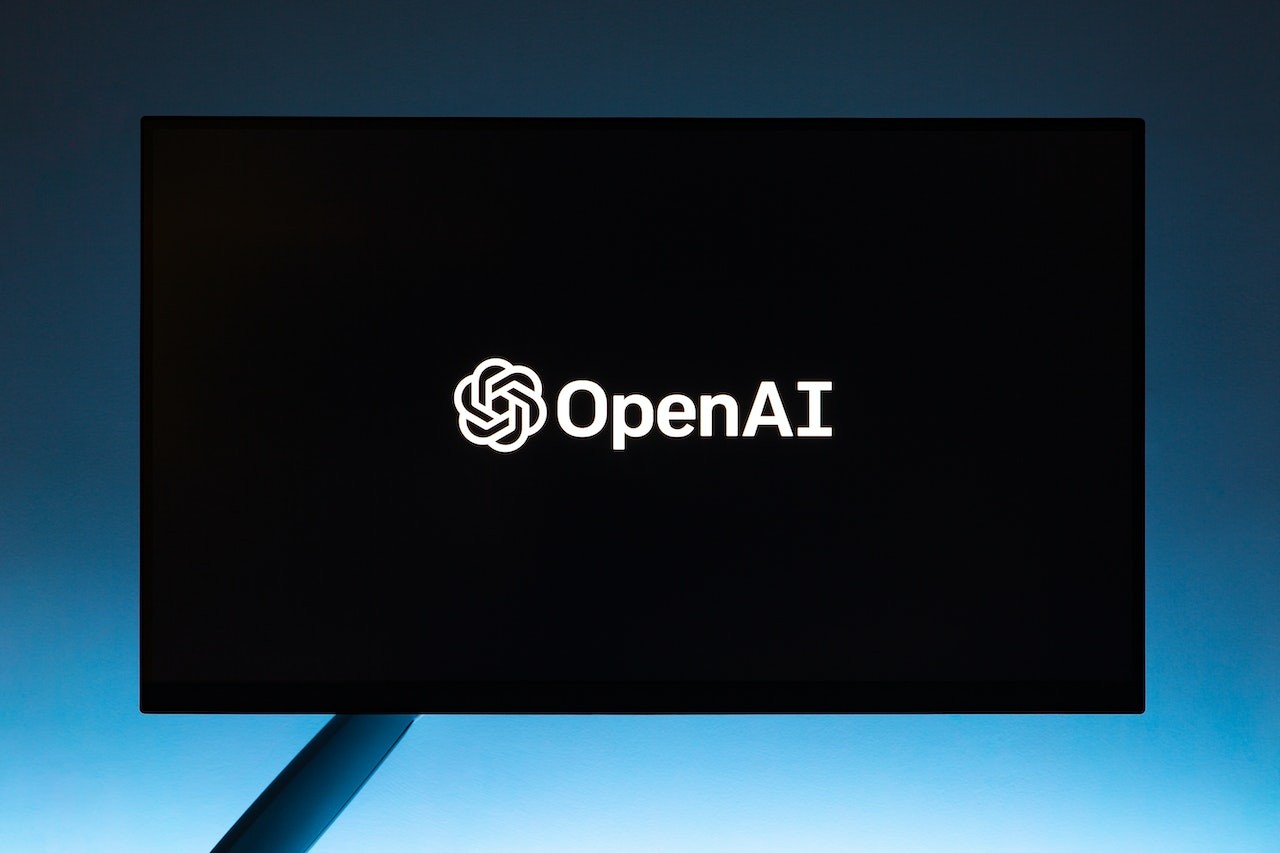By John Fernandes modified Aug 06, 2025
~ 2 minutes to read
As technology advances at an unprecedented pace, artificial intelligence has emerged as a powerful tool for businesses and individuals. AI-based chatbots have become increasingly popular, providing companies with efficient and effective customer service solutions and individuals with personalized assistance. The size of the worldwide chatbot industry was estimated at $9.4 billion in 2021, and by 2026, it is anticipated to grow to $22.3 billion. Two of the most advanced chatbot models available today are ChatGPT 4 and ChatGPT 3.
In this article, we will explore the differences between these two models and highlight the advantages and disadvantages of each. Whether you are a business owner looking for detailed guidance for ChatGPT integration, or a technology enthusiast curious about the future of artificial intelligence, this article will provide valuable insights into the capabilities of these cutting-edge models.
ChatGPT4, the latest addition to OpenAI's line of chatbots, promises to be even more advanced than its predecessor, ChatGPT 3. With improvements in language processing and machine learning algorithms, ChatGPT 4 offers enhanced accuracy, efficiency, and customization options. However, ChatGPT 3 remains a formidable chatbot model, boasting impressive performance in various applications.
As AI based chatbot development services become increasingly popular, understanding the differences between ChatGPT 4 and ChatGPT 3 is essential for anyone interested in leveraging this technology for their business or personal needs. Let's take a look at the exciting world of AI-powered chatbots.
GPT stands for "Generative Pre-trained Transformer" and is a deep learning model developed by OpenAI, one of the world's leading AI research institutions. The GPT model is trained on a massive amount of text data using unsupervised learning techniques. This approach allows the model to learn patterns and relationships in the data without explicit instructions.
The GPT model has been used for various applications, including natural language understanding, question-answering, and text generation. The GPT models can be fine-tuned to perform various tasks such as text summarization, sentiment analysis, and question answering.
Chat GPT-3 is the latest version of the GPT models, and it was launched in 2020. It is currently the most powerful language model available in the market, capable of generating human-like responses to queries. Chat GPT-3 had 3,771 downloads from people worldwide in the first ten days of January 2023.The model was trained on a dataset of over 570GB of text data, making it the largest language model to date. Chat GPT-3 has over 175 billion parameters, enabling it to understand and generate complex text in various languages and contexts. It has been hailed as a breakthrough in natural language processing, and it has the potential to revolutionize the way we interact with machines.
Chat GPT-4 is the next version of the GPT series being developed by OpenAI. While the previous model, GPT-3, had 175 billion parameters, GPT-4 is expected to have even more, possibly reaching 1 trillion parameters. This increase in parameters will likely result in a significant improvement in the model's performance in generating human-like text. Additionally, GPT-4 will likely have better capabilities for understanding and processing context, enabling it to generate more coherent and accurate responses to complex questions.
Another potential improvement in GPT-4 is its ability to perform multi-task learning, where the model is trained to perform multiple tasks simultaneously. This approach would enable GPT-4 to perform various NLP tasks such as summarization, translation, and sentiment analysis. The ability to perform multiple tasks simultaneously makes GPT-4 more efficient and cost-effective for businesses and developers looking to integrate NLP capabilities into their products.
ChatGPT 4 and ChatGPT 3 are today's most advanced AI-based chatbot models. While OpenAI developed both models, there are several key differences between the two. In this article, we will explore those differences in detail, highlighting the advantages and disadvantages of each.
Language Processing One of the most significant differences between ChatGPT 4 and ChatGPT 3 is the improvements made to language processing. ChatGPT 4 has a better understanding of complex language structures, which makes it more accurate and efficient when responding to user queries. ChatGPT 4 can provide more accurate and personalized responses to users, making it an ideal choice for businesses that require highly specific information.
Another significant difference between ChatGPT 4 and ChatGPT 3 is the training data used to develop each model. ChatGPT 4 was trained on a significantly larger dataset than ChatGPT 3, meaning it has a more extensive knowledge base to draw upon when responding to user queries. This makes ChatGPT 4 better suited to handle more complex and nuanced inquiries.
One of the major advantages of ChatGPT 4 over ChatGPT 3 is the level of customization it offers. ChatGPT 4 can be fine-tuned to meet the specific needs of individual businesses, allowing them to tailor the chatbot to their unique requirements. ChatGPT 4 can provide highly personalized responses, making it an ideal choice for businesses that require a high degree of customization.
Another advantage of ChatGPT 4 over ChatGPT 3 is its improved efficiency. ChatGPT 4 has been optimized for faster response times, meaning it can handle a larger volume of inquiries in less time. This makes ChatGPT 4 an ideal choice for businesses requiring high efficiency when handling customer inquiries.
In conclusion, ChatGPT 4 and ChatGPT 3 are highly advanced chatbot models that offer a range of advantages to businesses and individuals alike. However, the differences between the two models are significant, with ChatGPT 4 offering improvements in language processing, training data, customization, and efficiency. Ultimately, the choice between the two models will depend on the specific needs of each business or user.
John Fernandes is content writer at YourDigiLab, An expert in producing engaging and informative research-based articles and blog posts. His passion to disseminate fruitful information fuels his passion for writing.